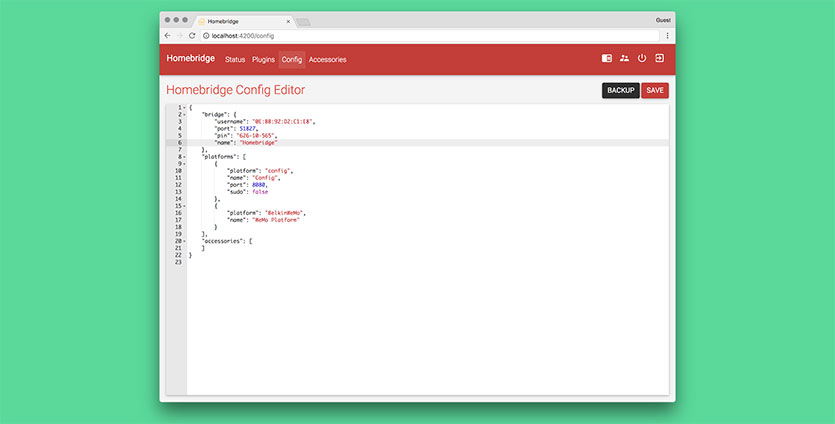
vscode folder in your project) with almost all of the required information.
#KEEWEB CONFIG.JSON CODE#
Visual Studio Code generates a launch.json (under a. Want to create your own plugin Here's a plugin creation tool page. A launch.json file is used to configure the debugger in Visual Studio Code.
 Because < > template strings may reference any config properties, configuration data like filepaths and file lists may be specified this way to reduce repetition.
Because < > template strings may reference any config properties, configuration data like filepaths and file lists may be specified this way to reduce repetition. There are two options to specify config location, whichever you like more: In this example, ('package.json') imports the JSON metadata stored in package.json into the grunt config. The webapp can load settings from JSON config located on your server. More posts you may like r/KeePass Join 4 days ago PSA: KeePass 2. kdbx file on a shared resource (Webdav, Dropbox, Google Drive, or OneDrive) and have people use to access it- other than the URL, there's no difference between this and self hosting. Or with a keyfile: KeeWeb -keyfile =keyfile.key my.kdbx So, really, all you need to do is put your. Thank you It is possible load a local or network Database file with config. For example, it allows you to read a KeePass file (. sainaen It was a file permissions :) Now, i can load config.json without problems :). KeeWeb basically save all the information into a single database file which have a suffix. It is compatible with KeePass, which is a very famous.
#KEEWEB CONFIG.JSON PASSWORD#
KeeWeb is a web based password managing system. The KeeWeb configuration is divided in two parts called settings (allowing to define the app's default behavior) and files (allowing to specify the default KDBX files to import). Depolying your own password management tool - KeeWeb. You can also specify a file you would like to open as the last argument: KeeWeb my.kdbx The KeeWeb application is a password manager integrated into Nextcloud. JavaScript Object Notation ( Wikipedia) is standardized data format, which, in this case, allows us to define KeeWeb's configuration.
The whole html meta tag looks like this: Next, create a file called config.json at the root of your website and fill it with the configuration you need from here.
set kw-config meta-tag value: replace (no-config) string in app index.html with your config url (please remember to clear browser cache to make sure changes are applied)Ĭonfig fields description (all fields are optional please don't copy exactly this config add only necessary fields and remove all comments): (if you're on Windows, don't forget to escape slashes in JSON, like "C:\\program files\\.").In order to control some features of desktop app, you can use the following command-line switches: -proxy-server=1.2.3.4:80 use proxy 1.2.3.4:80 instead of system-wide setting -minimized start the app minimized to tray or menubar -devtools show devtools on start -startup-logging print startup debugging messages to stdout In the index.html, find the meta tag kw-config and make sure the attribute content has a value of config.json, we'll create this file later.There are two options to specify config location, whichever you like more: KeeWeb basically save all the information into a single database file which have a suffix. Going quickly through the documentation of Keeweb, we found out that you can use a config. The webapp can load settings from JSON config located on your server. KeeWeb is a web based password managing system. Or with a keyfile: KeeWeb -keyfile =keyfile.key my.kdbx To review, open the file in an editor that reveals hidden Unicode characters. You can also specify a file you would like to open as the last argument: KeeWeb my.kdbx settings.json This file contains bidirectional Unicode text that may be interpreted or compiled differently than what appears below. In order to control some features of desktop app, you can use the following command-line switches: -proxy-server=1.2.3.4:80 use proxy 1.2.3.4:80 instead of system-wide setting -minimized start the app minimized to tray or menubar -devtools show devtools on start -startup-logging print startup debugging messages to stdout


 0 kommentar(er)
0 kommentar(er)
